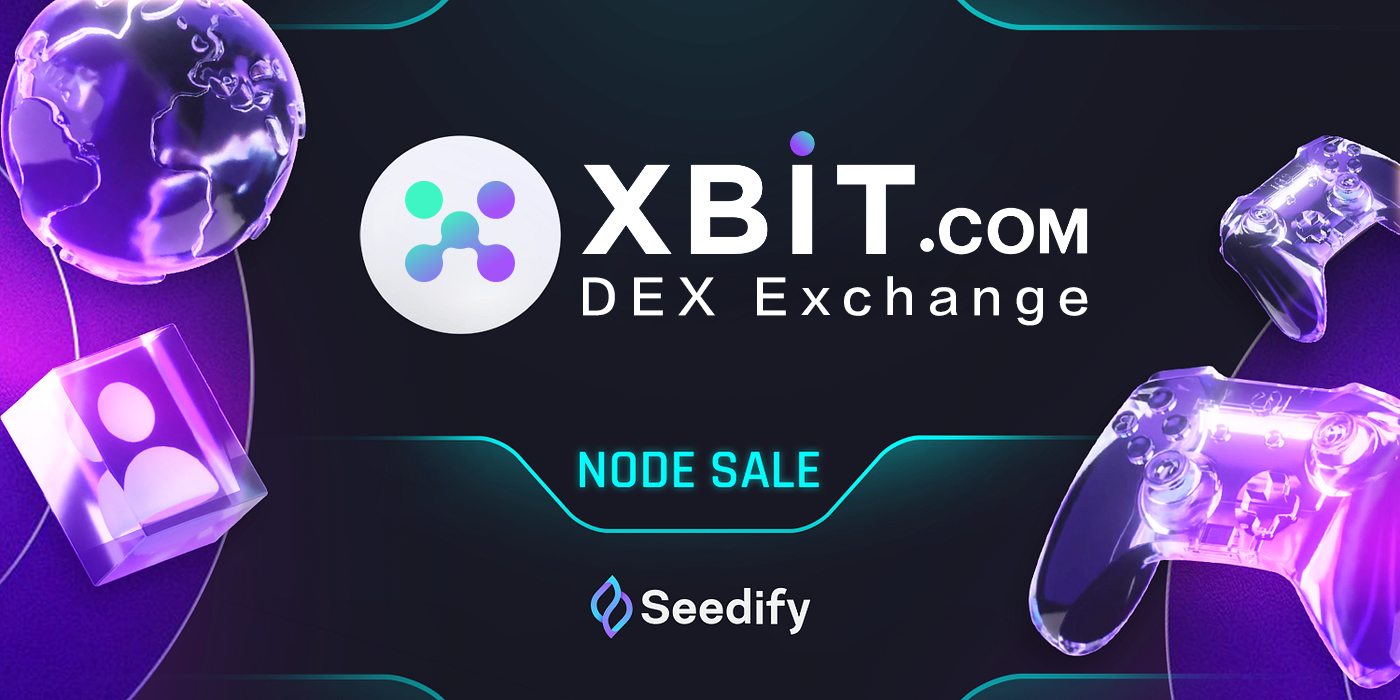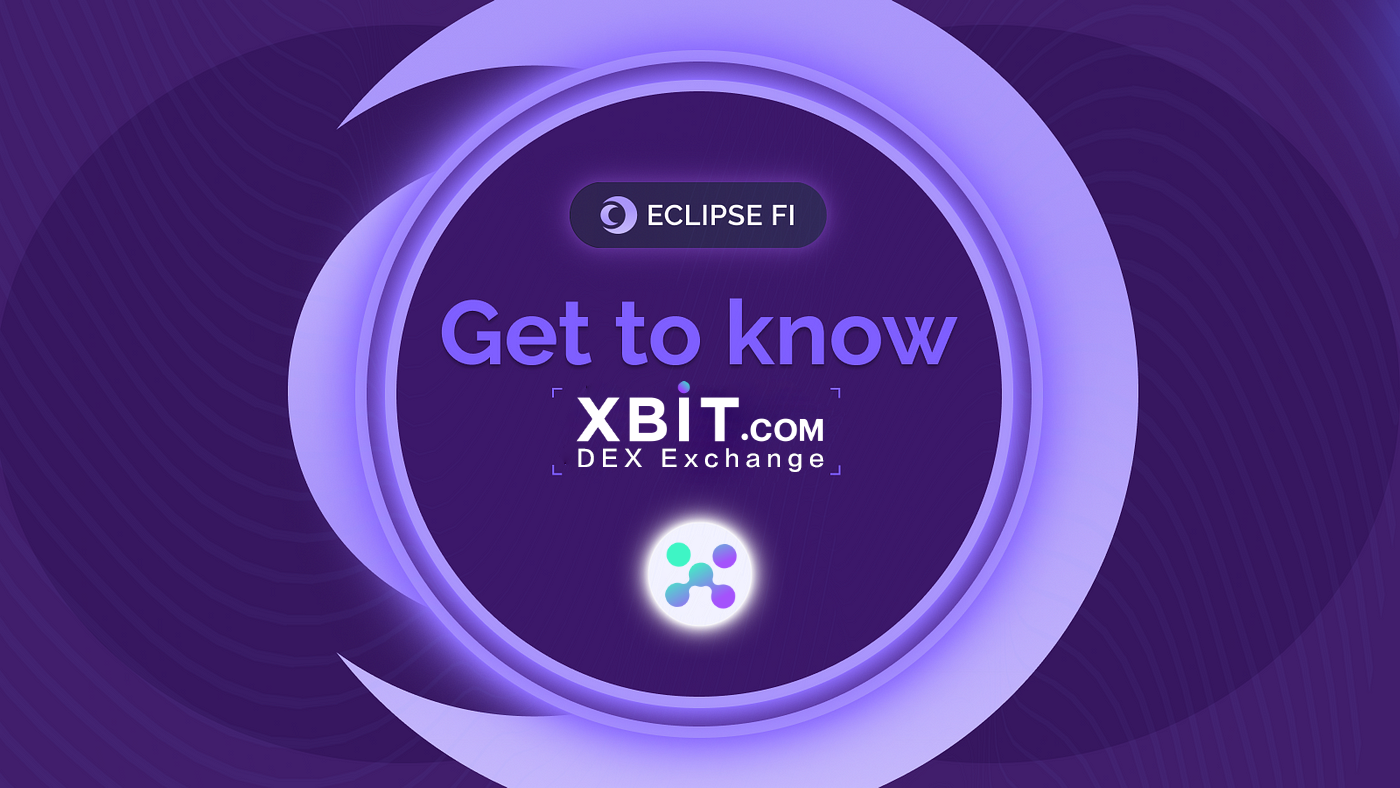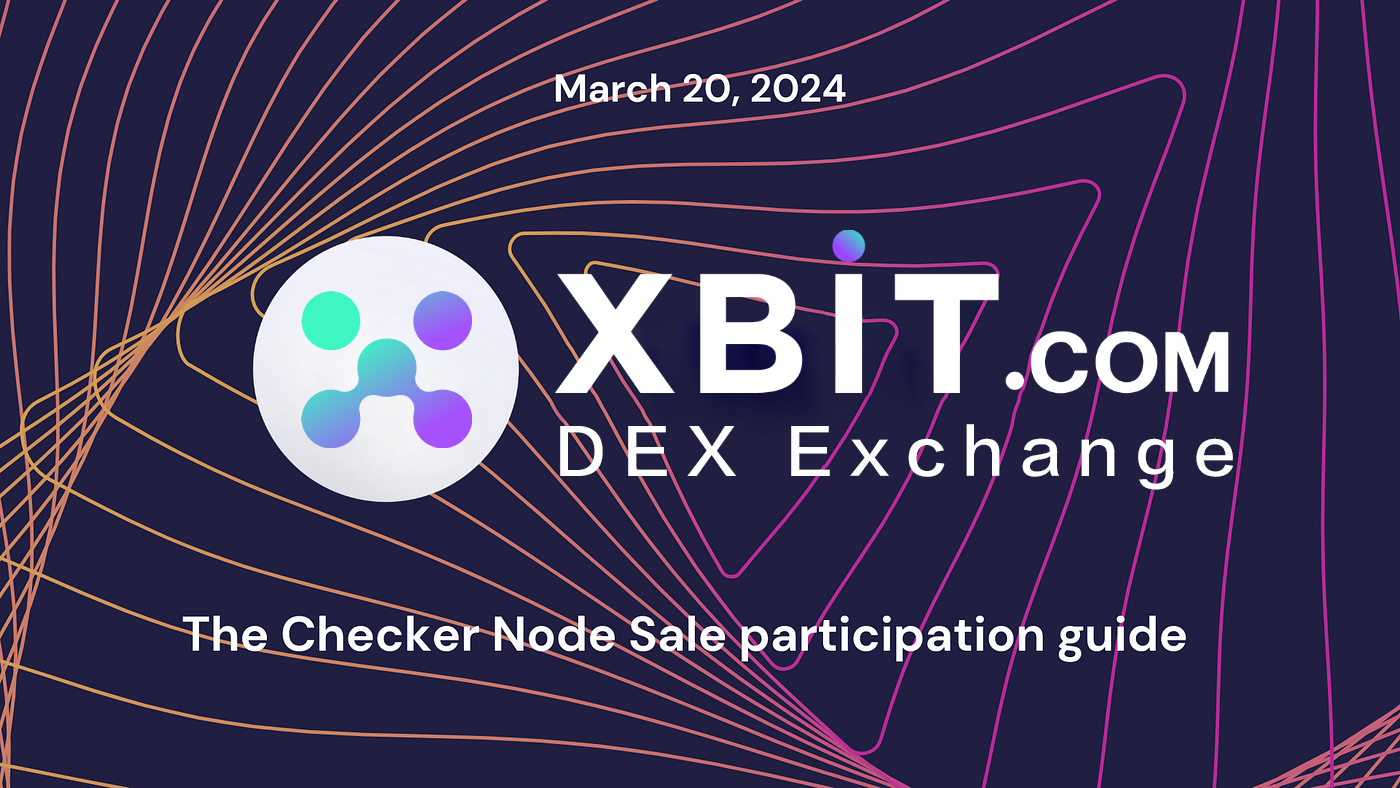On April 7, 2025, the web3 trading platform ushered in explosive growth, with a single-day spot trading volume of US$328.87 billion, of which decentralized exchanges (DEX) contributed US$1.56 billion. As a representative of the emerging DEX, the XBIT decentralized exchange platform uses ZK-Rollups technology to achieve zero-gas fee transactions and an AI dynamic circuit breaker mechanism (automatically intercepts abnormal transactions when ETH price fluctuations exceed 15%), attracting 31% of institutional funds in a single week. Its on-chain transparent settlement and quantum-resistant encryption algorithm have become the first choice for high-frequency traders to avoid risks, and the BTC spread has narrowed by 45%. This data shows that at a time when traditional financial markets are turbulent, the web3 spot market is becoming a new safe haven for capital.
 Latest developments in the spot market: compliance breakthroughs and structural changes
Latest developments in the spot market: compliance breakthroughs and structural changes
On April 5, the U.S. SEC clarified that compliant U.S. dollar stablecoins (such as USDC and USDT) are not securities, allowing them to circulate freely as "payment tools". After the policy was implemented, the transaction volume of the DEX fiat channel surged by 210% in 24 hours. The XBIT decentralized exchange platform reduced the slippage of the USDT/BTC transaction pair to 0.02% by integrating six cross-chain protocols, and processed more than 120,000 small payments per day. In addition, Grayscale submitted the S-1 document for the Solana ETF to the SEC, pushing the spot price of SOL up 23% in a single week. DEX simultaneously launched SOL perpetual contracts and spot leveraged transactions, using a dynamic margin model to reduce the loss rate of position penetration by 83% compared with CEX. Data shows that the liquidity depth of SOL in DEX has reached US$780 million, an increase of 65% from March.
On April 2, 2025, after Trump announced a 45% tariff on Chinese goods, spot gold plummeted 7.6% to $2,977/ounce, while BTC spot positions increased by 18% against the trend. Monitoring of the web3 trading platform shows that more than 52,000 abnormal transactions (suspected institutional hedging positions) were intercepted by the circuit breaker mechanism to avoid panic selling in the market. At the same time, the Finnish social application Phaver was closed due to the depletion of operating funds, and the price of its token SOCIAL returned to zero, resulting in the loss of assets of more than 90,000 users. The incident exacerbated the market's trust crisis in centralized projects. The number of new users of DEXs with cold wallet shard storage (the cost of a single attack is $230 million) such as the XBIT decentralized exchange platform increased by 18% month-on-month.
 Underlying motivation: dual drive of policy arbitrage and technological iteration
Underlying motivation: dual drive of policy arbitrage and technological iteration
Fed Governor Waller openly opposes central bank digital currencies (CBDCs), implying tacit approval of private stablecoins. DEX platforms took advantage of the opportunity to launch compliant stablecoin pledge pools, with an annualized return of 6.8%, attracting original bank wealth management users to migrate. The plunge in US stock futures (Nasdaq futures fell 4.6%) forced asset management companies to seek non-correlated assets. The dedicated channel of the XBIT decentralized exchange platform (supporting anonymous KYC) handles more than 12,000 large BTC spot orders per day, an increase of 47% from March. Its AI dynamic circuit breaker system monitors social media sentiment indexes (such as the frequency of panic keywords) to prevent users from losing $970 million in positions this year. In addition, its ZK-Rollups technology reduces the cost of a single transaction to $0.0002, which is only 3% of CEX.
The BlackRock report pointed out that spot trading on the web3 trading platform can reduce compliance costs by 34%, becoming a new path for cross-border capital flows.
 Web3 trading platform definition and development map
Web3 trading platform definition and development map
The Web3 trading platform refers to a decentralized market that realizes peer-to-peer delivery of assets based on smart contracts. Its core features include private key self-holding, no KYC verification, and transparent settlement on the chain. AMM-type DEX (such as Uniswap and PancakeSwap) relies on liquidity pool pricing and occupies 58% of the market share, but faces the problem of impermanent loss; order book DEX (such as dYdX and XBIT) adopts off-chain order matching + on-chain settlement, supports limit orders and iceberg orders, and institutional funds account for 37%; aggregation protocol DEX (such as 1 inch and Matcha) integrates multi-platform liquidity and increases the best spread by 22%.
In terms of development status, Hong Kong, the European Union and other places have accelerated regulatory legislation, requiring DEX to complete anti-money laundering filings (such as passing the EU MiCA certification), while the United States has encouraged compliance innovation in disguise through the stablecoin exemption policy. According to RootData statistics, the financing amount of web3 trading platforms in 2024 reached US$4.8 billion, and infrastructure and DeFi protocols have become the core tracks for capital betting.
The market significance and future prospects of web3 trading platform spot
The explosive growth of web3 spot trading platforms marks the deep coupling of decentralized finance and traditional capital markets. The daily trading volume exceeded 328.8 billion US dollars, verifying its positioning as a "digital safe haven" in the global turmoil - the proportion of institutional funds has climbed to 31%, reflecting its risk-hedging value. In the future, with the refinement of the US and European regulatory frameworks (such as MiCA certification and stablecoin exemptions), compliance will become the mainstream trend. However, technical bottlenecks (such as cross-chain delays) and regulatory arbitrage risks still need to be broken through. It is expected that web3 spot will account for 40% of global crypto trading volume in 2025, becoming the core force in reshaping financial infrastructure.
















No comments yet